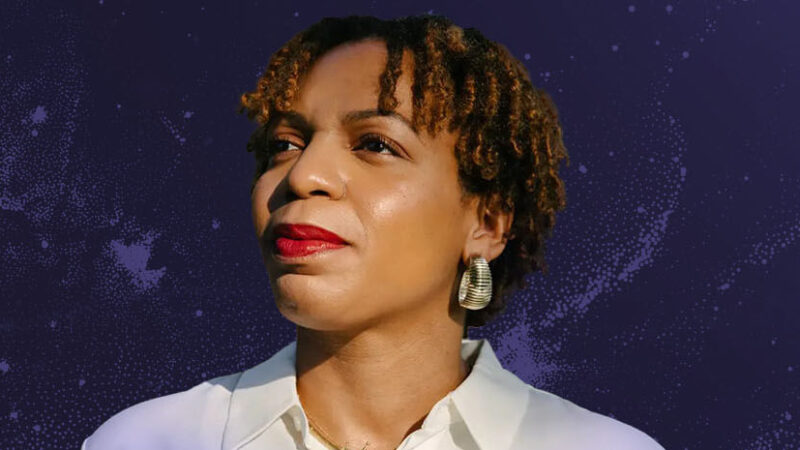Matt Gutman: Conquering a Lifetime of Panic Attacks
28% of Americans will experience a panic attack in their lifetime. Some researchers say that number is closer to 50%. Renowned ABC News correspondent, Matt Gutman, never felt afraid when assigned to active and dangerous war zones. Yet when he had to speak on live television in front of a viewership of 9 million people, the seemingly unflappable reporter suffered intense panic attacks that nearly cost him his job. To help anyone whose life has been impacted by this often misunderstood mental health challenge, Gutman shares his personal journey in No Time to Panic.
In this podcast, Tami Simon speaks with Gutman about the book and the hard-won insights he brings his readers, exploring: The importance of destigmatizing panic attack disorder; conventional and alternative healing modalities; “retiring the drill sergeant” (aka managing the inner critic); excavating unresolved grief; how panic disorder can metastasize into other psychological issues; physical threats vs. social threats (and how we tolerate them); the evolutionary purpose of anxiety; how vulnerability is often the first step toward healing; the paradox of welcoming your panic; psychedelics and ego transcendence; the power of mindfulness and meditation; and more.
Note: This episode originally aired on Sounds True One, where these special episodes of Insights at the Edge are available to watch live on video and with exclusive access to Q&As with our guests. Learn more at join.soundstrue.com.





